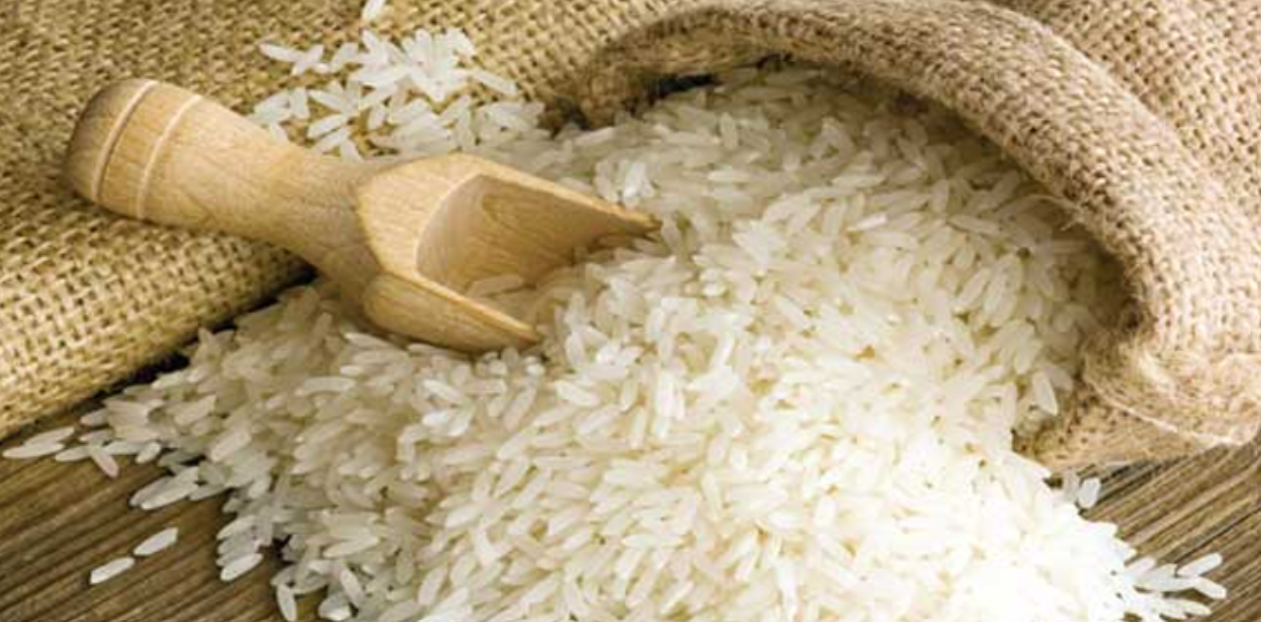Chinese scientists achieve speed breeding of rice in desert

Scientists at the Institute of Urban Agriculture in China harvested the first desert-grown rice in Hotan, Xinjiang. Utilizing advanced techniques, they halved the growth cycle, showcasing potential for sustainable food production. The desert’s harsh climate offers advantages, with reduced operating costs in energy-efficient greenhouses. Speed breeding technologies enable annual crop production, with ongoing research on staple crops like soybean and maize. The breakthrough paves the way for competitive, environmentally friendly agriculture.
Within the greenhouses that stretch ten thousand acres in Hotan, southern Xinjiang, scientists from the Institute of Urban Agriculture (IUA) of the Chinese Academy of Agricultural Sciences have recently harvested the first batch of rice grown in the desert.
“The rice is cultivated on three-layer frames along with precise environment control in desert greenhouses, rather than conventional methods, which nearly halves the growth cycle, harvesting in just two months,” said Yang Qichang, the chief scientist of IUA.
According to Yang, this achievement was built upon the earlier successes in the plant factory in Chengdu, southwest China’s Sichuan Province, where his team halved the growth period for the first time through speed breeding technology in 2021.
In Yang’s view, the harsh climate in the Hotan desert provides an opportunity rather than a hindrance. This region’s unique geographical features, including long hours of sunshine and a large difference in temperature between day and night, provide an ideal condition for crop cultivation.
Researchers have also accelerated plant growth by applying dynamic LED lighting recipes, specific nutrient solution formulations, and advanced soilless cultivation technologies.
“By utilizing advantages of the desert climate, such as abundant light and heat resources, the potential for protected agriculture becomes increasingly promising, paving the way for sustainable food production in Xinjiang,” said Shi Dawei, an assistant researcher at IUA.
According to Yang, by using energy-efficient technologies in Hotan desert greenhouses, running costs were significantly reduced compared to conventional greenhouses.
“Currently, the construction cost of energy-saving desert greenhouses is 350 yuan (about 48.2 U.S. dollars) per square meter, around one-third of that of Dutch glasshouses. Meanwhile, its operation cost is about 25 percent of Dutch glasshouses,” Yang said, adding that glasshouses in the Netherlands are recognized as one of the top examples of facility-based agriculture.
“In the future, both construction and operation costs of this kind of greenhouse can be reduced by the use of green energy, mechanization, and artificial intelligence. Such greenhouses will be highly competitive internationally,” he added.
Yang said this breakthrough in the speed breeding technology of desert greenhouse crops provides technical support for using desert greenhouses to carry out annual crop production and speed breeding in Xinjiang in the future.
Yang and his research team have also explored key technologies for speed breeding of staple crops such as soybean, maize and wheat, as well as oilseed rape, cotton and alfalfa in the desert greenhouse in Hotan.
Source Link : https://tribune.com.pk/story/2469206/chinese-scientists-achieve-speed-breeding-of-rice-in-desert














